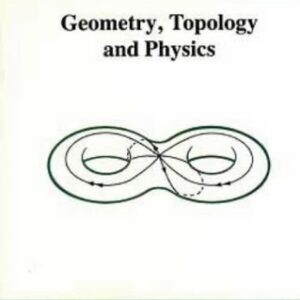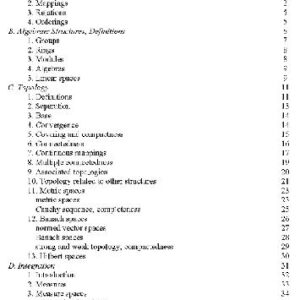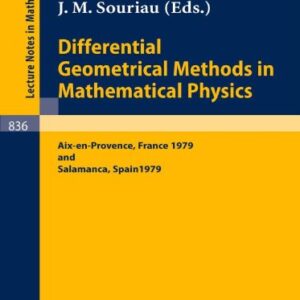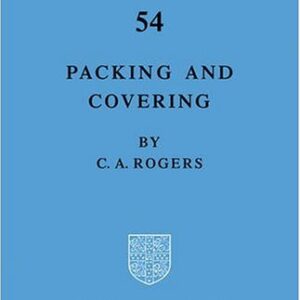This book shows how the concept of geometrical frustration can be used to elucidate the structure and properties of nonperiodic materials such as metallic glasses, quasicrystals, amorphous semiconductors and complex liquid crystals. Examples and idealized models introduce geometric frustration, illustrating how it can be used to identify ordered and defective regions in real materials. The book goes on to show how these principles can also be used to model physical properties of materials, in particular specific volume, melting, the structure factor and the glass transition. Final chapters consider geometric frustration in periodic structures with large cells and quasiperiodic order. Appendices give all necessary background on geometry, symmetry and tilings. The text considers geometrical frustration at different scales in many types of materials and structures, including metals, amorphous solids, liquid crystals, amphiphiles, cholisteric systems, polymers, phospholipid membranes, atomic clusters, and quasicrystals. This book will be of great interest to researchers in condensed matter physics, materials science and structural chemistry, as well as mathematics and structural biology.

![[pdf] Geometrical Frustration Jean-Fran?ois Sadoc, R?my Mosseri](https://pdfelite.com/wp-content/uploads/2024/04/f1d0e2c63a1a501abee2a8364aeefab9-d.jpg)




Reviews
There are no reviews yet.